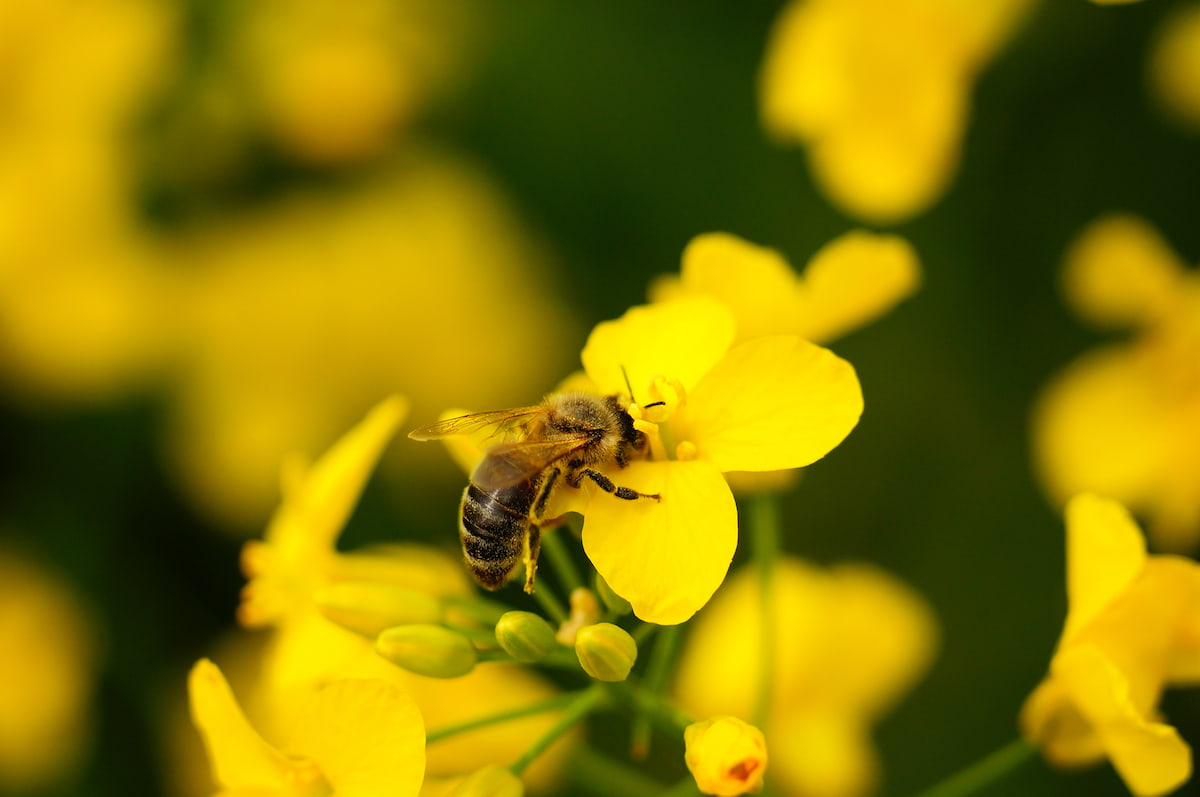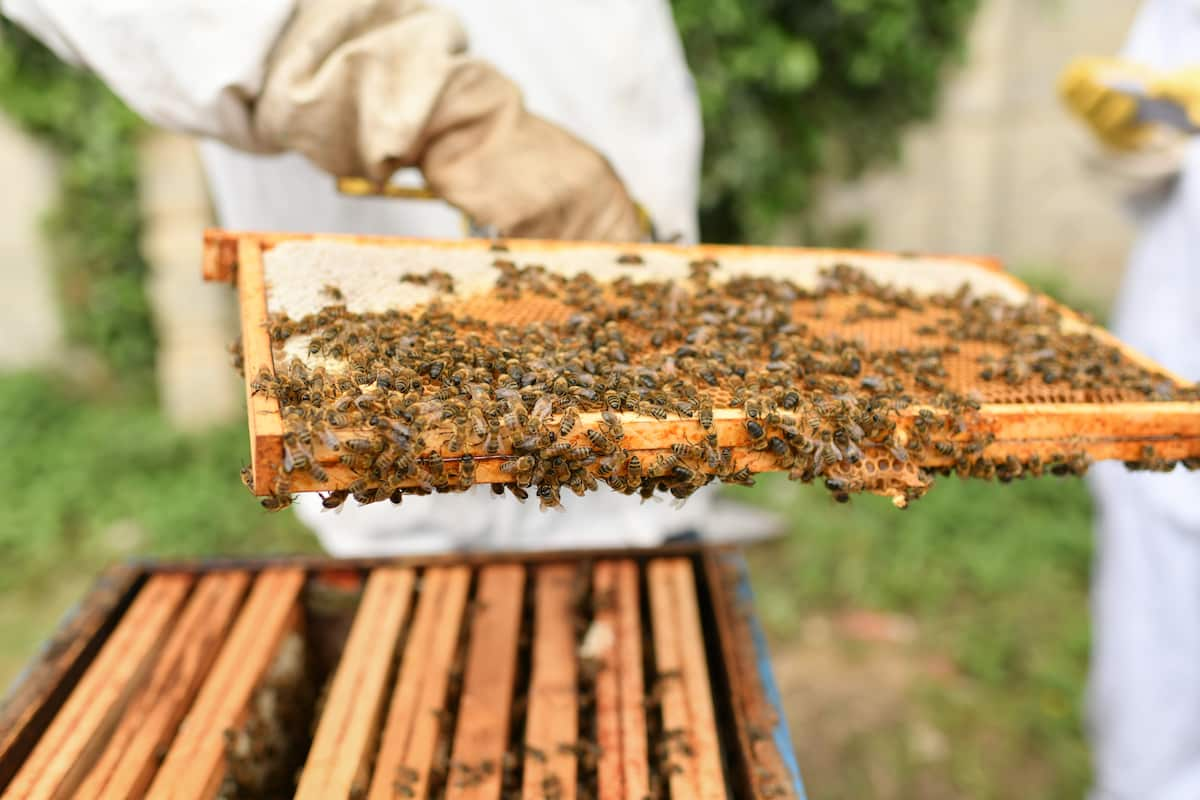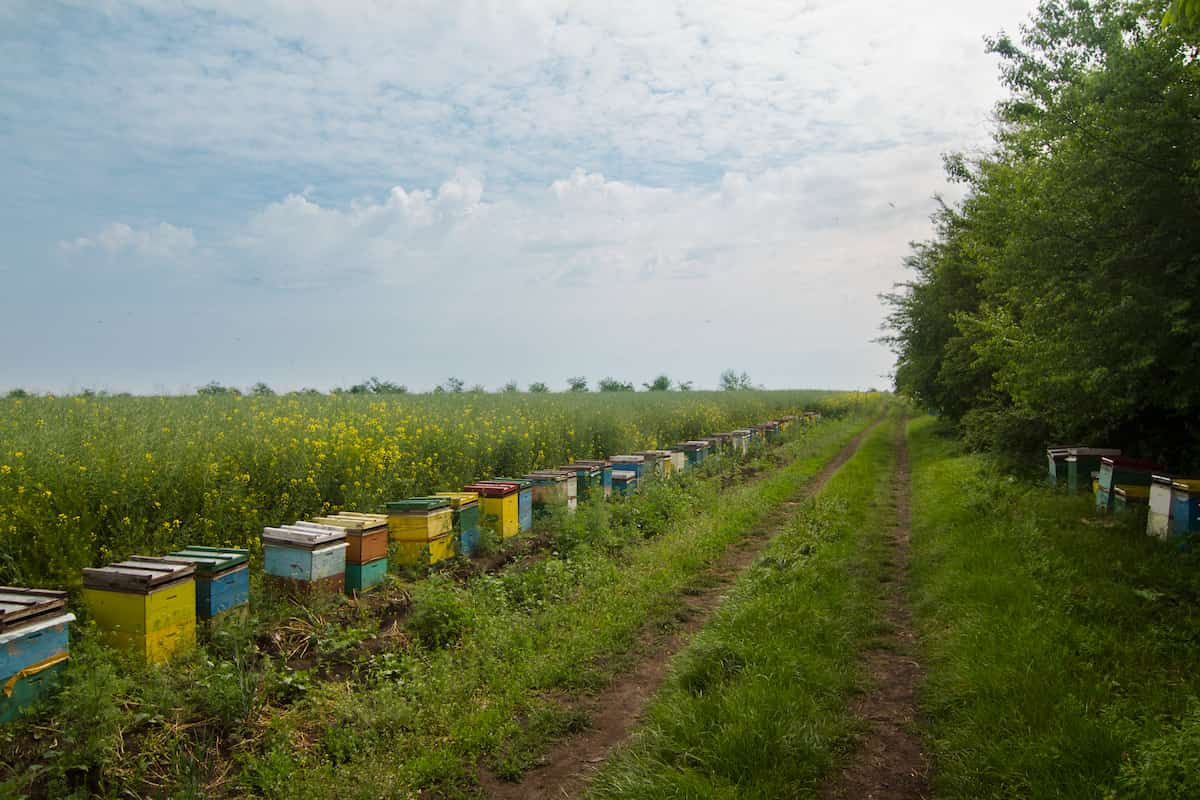The agricultural sector has witnessed a series of technological advancements in recent years, with artificial intelligence (AI) playing a pivotal role in transforming farming. One such revolutionary application of AI is bee tracking, which has the potential to significantly impact crop yields, beekeeping practices, and overall farm management. This article explores the importance of bees in agriculture, the challenges farmers and beekeepers face, and how AI-driven bee tracking is revolutionizing how farmers approach these issues.

Bee Tracking with Artificial Intelligence (AI)
Importance of Bees in Agriculture
Pollination is a crucial process in agriculture, ensuring the fertilization and reproduction of plants. Bees, as the primary pollinators, contribute significantly to global food production, pollinating approximately 75% of the world’s crops. Their efficiency and effectiveness are unparalleled, making them indispensable to modern agriculture. However, bee populations are declining alarmingly due to climate change, habitat loss, pesticides, and disease. This decline has led to a pressing need for innovative solutions to protect and monitor bee populations, ensuring their continued contribution to global food security.
Challenges Faced by Farmers and Beekeepers
- Colony Collapse Disorder (CCD): Worker bees abandon their hive, leaving the queen bee, immature bees, and a few nurse bees behind. The exact cause of CCD remains unknown, but it is believed to be a combination of stressors such as pesticides, disease, and poor nutrition.
- Pesticide exposure: Pesticide use in agriculture can negatively affect bees, either through direct contact or by contaminating their food sources. This exposure can weaken bees’ immune systems, making them more susceptible to disease and other stressors.
- Disease and parasites: Bees are susceptible to various diseases and parasites, including the Varroa destructor mite, which feeds on bee larvae and can transmit harmful viruses to adult bees.
- Habitat loss: The destruction and fragmentation of natural habitats due to urbanization and agricultural expansion have reduced the availability of bee food and nesting sites.
Bee Tracking with AI – A Revolutionary Approach
To overcome the challenges farmers and beekeepers face, researchers and technologists have turned to AI-driven bee tracking. This innovative approach uses machine learning algorithms, computer vision, and sensor technology to monitor and analyze bee behavior, health, and movement patterns. Some of the key aspects of AI-driven bee tracking include the following:
- Hive monitoring: Using sensors, cameras, and microphones, AI-driven systems can collect data on temperature, humidity, and sound within the hive. This data is then analyzed to detect any abnormalities in the hive environment, allowing beekeepers to address issues promptly.
- Bee identification and tracking: Computer vision algorithms can identify and track individual bees, analyzing their flight patterns and behavior. This information can help farmers and beekeepers optimize hive placement and understand the factors influencing bee health and productivity.
- Disease detection: By analyzing images and data collected from the hive, AI-driven bee tracking systems can detect signs of disease and infestation early, allowing timely intervention and treatment.
- Pollination optimization: Using AI algorithms, farmers can optimize the placement and management of bee hives to maximize pollination efficiency and crop yield.
In case you missed it: Apiculture/Beekeeping Success Story: Check How This Beekeeper Turned Into Millionaire

Real-world Applications and Benefits
AI-driven bee tracking has already shown promising results in real-world applications, offering significant benefits to farmers and beekeepers. Some of these benefits include:
- Improved crop yields: Farmers can experience improved crop yields by optimizing pollination, leading to increased revenue and food production. Studies have shown that AI-driven bee tracking can result in a 20-40% increase crop yield for some crops.
- Early disease detection and treatment: The ability to detect diseases and infestations early on allows beekeepers to intervene promptly, reducing the impact on bee populations and minimizing potential losses.
- Reduced pesticide use: With a better understanding of bee behavior and movement patterns, farmers can implement targeted pest management strategies, reducing the reliance on harmful pesticides and their impact on bees and the environment.
- Enhanced beekeeping practices: AI-driven bee tracking provides valuable insights into bee behavior, health, and productivity, allowing beekeepers to make informed decisions about hive management and beekeeping practices.
- Sustainable agriculture: By supporting healthy bee populations, AI-driven bee tracking contributes to sustainable agriculture, ensuring the long-term viability of our food production systems.
Challenges and Future Prospects
While AI-driven bee tracking offers numerous benefits, there are challenges to consider. Data privacy and security concerns may arise due to the collection and storage of data from hives. Additionally, adopting AI technology in agriculture requires investment in infrastructure, training, and resources, which may be a barrier for small-scale farmers and beekeepers.
Despite these challenges, the potential benefits of AI-driven bee tracking are substantial, and continued research and development are expected to address current limitations. Future advancements may include integrating AI-driven bee tracking systems with other agricultural technologies, such as drones, robotics, and precision agriculture tools, to further optimize farm management and support sustainable agricultural practices.
Bee Foraging Behavior Analysis
Understanding bee foraging behavior can help farmers and beekeepers optimize their crop pollination and resource allocation strategies. AI-driven bee tracking systems can analyze the foraging patterns of bees, identifying their preferred food sources and the distances they travel to collect nectar and pollen. This information can inform decisions about crop selection, planting strategies, and the placement of hives to maximize pollination efficiency.
Bee Population Dynamics
AI-driven bee tracking can provide insights into bee population dynamics, including factors that influence bee colonies’ growth, decline, or stability. Machine learning algorithms can analyze data collected from hives and the surrounding environment to identify trends and correlations between bee populations and factors such as climate, food availability, and pesticide exposure. This knowledge may help sustain healthy bee populations and reduce pressures on bees.
In case you missed it: Robotic Bees for Pollination: Tiny Drones for Artificial Pollination in Agriculture, Pros, and Cons

Conclusion
AI-driven bee tracking is revolutionizing how farmers and beekeepers approach the challenges associated with bee health, pollination, and overall farm management. By providing valuable insights into bee behavior and health, this technology has the potential to improve crop yields, reduce pesticide use, and support sustainable agriculture. As research and development in this field continue, we can expect to see further advancements in AI-driven bee tracking and its integration with other agricultural technologies, transforming the future of farming and food production.
- Feed Your Flock for Less: Top 10 Tips to Save on Chicken Feed
- Ultimate Guide to Ossabaw Island Hog: Breeding, Raising, Diet, and Care
- Hatching Answers: The Top 10 Reasons Your Chickens Aren’t Laying Eggs
- Eggs and Economics: Breaking Down the Cost of Raising Backyard Chickens
- Defend Your Greens: Proven Methods to Keep Iguanas Out of Your Garden
- Ultimate Guide to Cinnamon Queen Chicken: A Comprehensive Guide for Beginners
- Ultimate Guide to California Tan Chicken: Breeding, Raising, Diet, Egg-Production and Care
- Ultimate Guide to Marsh Daisy Chicken: Breeding, Raising, Diet, and Care
- 10 Types of Chicken Farming Businesses You Can Start for Profits